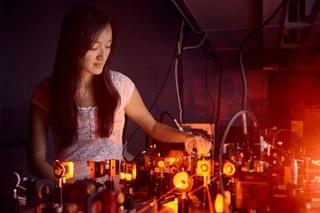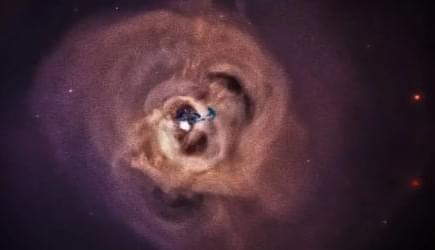Aug 6, 2024
Visualizing Atom Currents in Optical Lattices
Posted by Saúl Morales Rodriguéz in categories: particle physics, quantum physics
A new manipulation technique could enable the realization of more versatile quantum simulators.
The Born rule, formulated almost a century ago, says that measuring a system yields an outcome whose probability is determined by the wave-function amplitude. As if by magic, preparing a quantum system in the same way and performing the same measurement can produce different results. For a long time, the Born rule’s probabilistic nature was more of a theoretical concept. But with the advent of quantum simulators, it has become an experimental reality. So-called snapshots—different measurement outcomes of the same quantum many-body state—are routinely measured. In the case of cold atoms in optical lattices, such snapshots are images that show with single-site resolution whether an atom is present or not. Now Alexander Impertro of the Ludwig Maximilian University of Munich and his collaborators have devised a way to take snapshots not just of atoms’ whereabouts but also of properties analogous to currents and local kinetic energy in crystals [1].


















